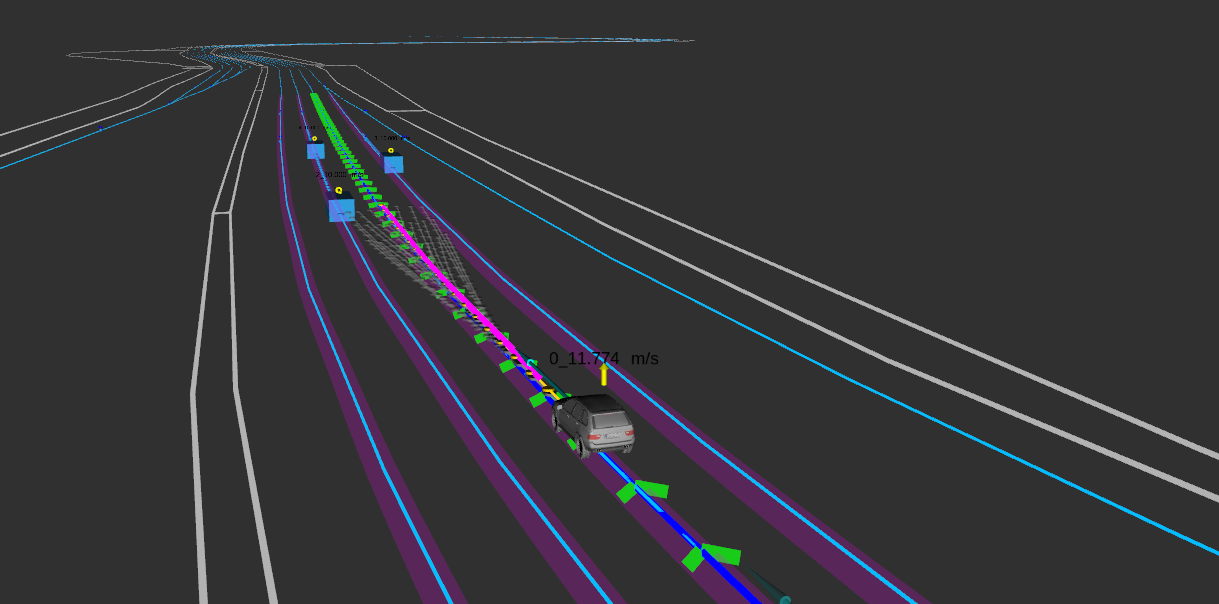Safe Trajectory Generation for Complex Urban Environments Using Spatio-temporal Semantic Corridor
Planning safe trajectories for autonomous vehicles in complex urban environments is challenging since there are numerous semantic elements (such as dynamic agents, traffic lights and speed limits) to consider. These semantic elements may have different mathematical descriptions such as obstacle, constraint and cost. It is non-trivial to tune the effects from different combinations of semantic elements for a stable and generalizable behavior. In this paper, we propose a novel unified spatio-temporal semantic corridor (SSC) structure, which provides a level of abstraction for different types of semantic elements. The SSC consists of a series of mutually connected collision-free cubes with dynamical constraints posed by the semantic elements in the spatio-temporal domain. The trajectory generation problem then boils down to a general quadratic programming (QP) formulation. Thanks to the unified SSC representation, our framework can generalize to any combination of semantic elements. Moreover, our formulation provides a theoretical guarantee that the entire trajectory is safe and constraint-satisfied, by using the convex hull and hodograph properties of piecewise Bezier curve parameterization. We also release the code of our method to accommodate benchmarking.
PDF Abstract

